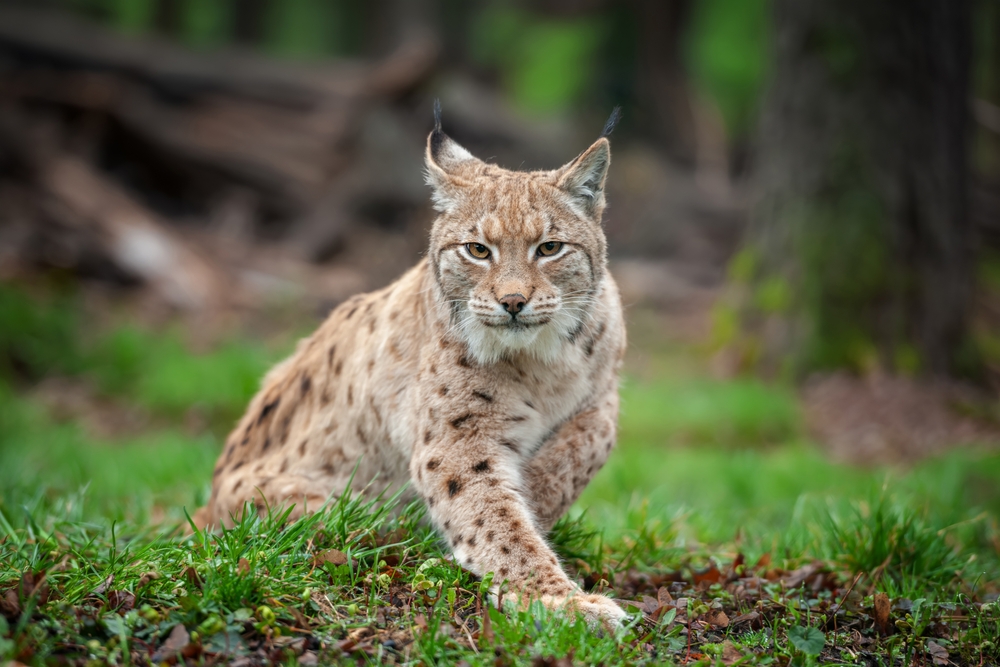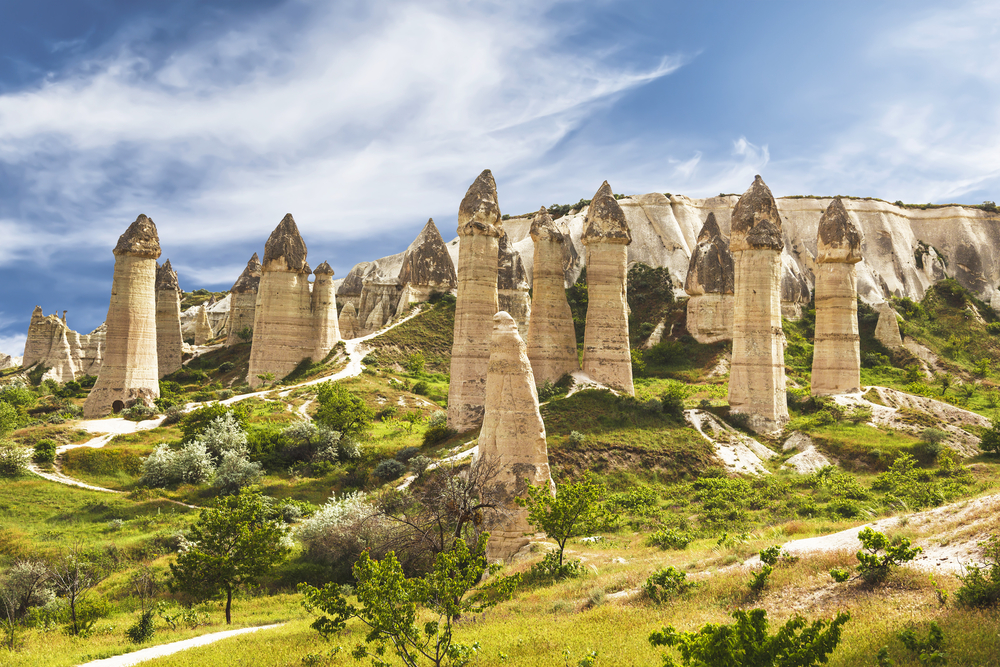Aladağlar Overview
Aladağlar National Park, known as Aladağlar Milli Parkı in Turkish, is a vast and rugged expanse in south-central Turkey. Encompassing approximately 213 square miles (550 square kilometers), the park is situated within the provinces of Niğde, Kayseri, and Adana.
It is part of the Taurus Mountain range and is often referred to as the “Alps of Turkey” due to its dramatic peaks, deep valleys, and alpine meadows. The park is dominated by the Aladağlar massif, with its highest peak, Demirkazık, soaring to 12,323 feet (3,756 meters).
The landscape consists of sharp limestone ridges, glacial valleys, cascading waterfalls, and high-altitude plateaus, making it one of Turkey’s most striking mountainous regions. Seasonal rivers and karst formations further enhance the dramatic scenery, while pockets of pine, juniper, and oak forests provide a green contrast to the rocky terrain.
The park is home to a diverse array of wildlife, making it a prime destination for nature lovers. Among its most notable inhabitants are the elusive Anatolian lynx and the wild goat, known as the Bezoar ibex, which can often be seen navigating the steep cliffs. Brown bears, wolves, and foxes also roam the forests and high-altitude areas, contributing to the park’s untamed wilderness.
Birdwatchers frequent the area to spot golden eagles, griffon vultures, and bearded vultures soaring over the peaks. The region is also rich in smaller bird species, including choughs, rock partridges, and larks, adding to the park’s avian diversity. Due to the remote and rugged nature of Aladağlar, many of these animals thrive in relative seclusion, making wildlife spotting an exciting challenge.
Among the park’s most popular natural attractions is Kapuzbaşı Waterfalls, a series of powerful cascades that flow directly from the rock face, creating a spectacular sight. The Yedigöller Plateau, or “Seven Lakes,” is another favored destination, offering stunning views of alpine lakes surrounded by peaks.
Mountaineering and rock climbing enthusiasts are drawn to Demirkazık and other challenging summits, with routes varying from beginner-friendly hikes to extreme technical climbs. Trekking is one of the best ways to explore the park, with well-known trails such as the Cimbar Valley route providing breathtaking views and a chance to experience the park’s diverse terrain.
Visitors engage with Aladağlar National Park primarily through mountaineering, trekking, and camping. Due to its remote nature, multi-day hikes are a favored way to fully immerse oneself in the park’s dramatic landscapes.
Rock climbing is a significant attraction, as Aladağlar is regarded as one of Turkey’s premier climbing destinations, offering hundreds of routes for climbers of all skill levels. Wildlife observation and birdwatching are also popular activities, particularly in the early morning and late afternoon when animals are most active. In winter, ski touring is becoming increasingly popular as adventurous visitors seek to explore the snow-covered peaks and slopes.
The park faces conservation challenges, particularly in balancing tourism and environmental protection. Illegal hunting, deforestation, and habitat loss have historically threatened wildlife populations.
However, conservation efforts have been implemented to regulate human impact and protect the park’s biodiversity. Strict hunting regulations and increased awareness campaigns have helped populations of wild goats and lynxes recover.
Sustainable tourism initiatives are being developed to ensure that visitor activities do not disturb the fragile alpine ecosystem. With its breathtaking landscapes and rich biodiversity, Aladağlar National Park remains one of Turkey’s most remarkable natural treasures, offering both adventure and serenity to those who seek it.











































































